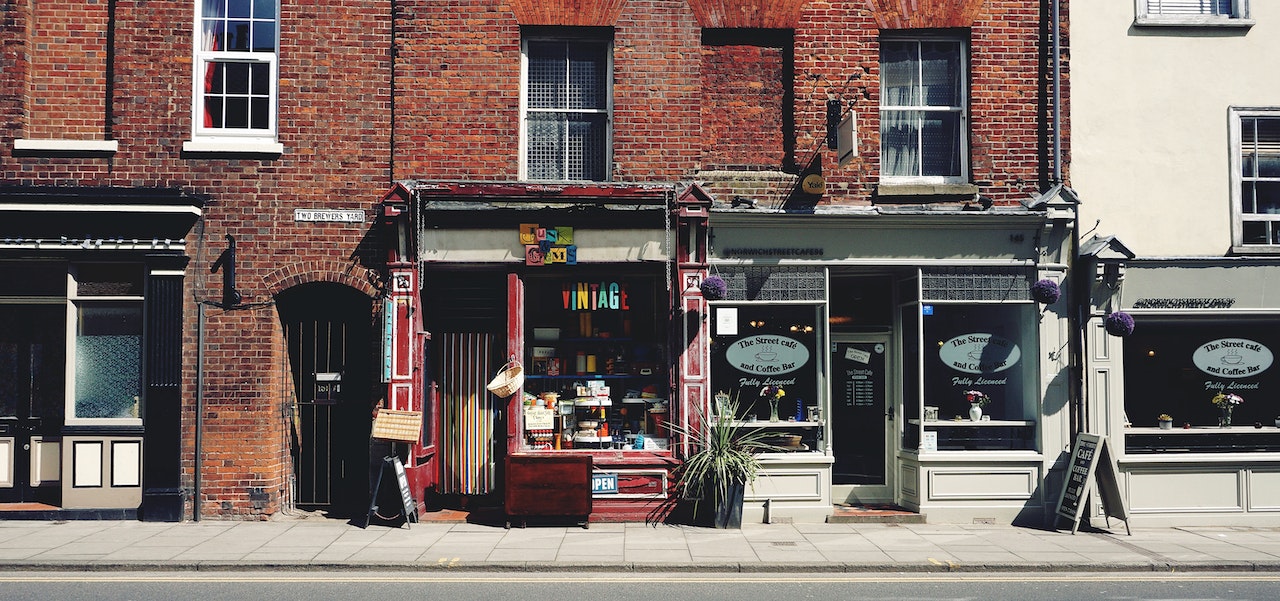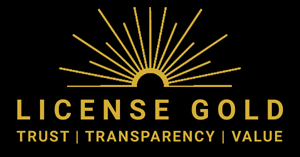
The allocation of liquor licenses in California involves a complex interplay of community input and public need. Local legislators, business owners, and concerned citizens all play a role in influencing the decision-making process. In this post, we’ll delve into the nuances of community input and public need, exploring how this process works in various counties across California. We’ll also discuss how bar and restaurant owners can actively participate and influence the allocation of liquor licenses in their desired areas, even without waiting for new census data.
Understanding Community Input and Public Need:
-
- Role of Local Government: County boards, city councils, and other local government bodies have the authority to issue liquor licenses based on community needs. They often hold public hearings to gather feedback and consider the impact of granting new licenses on the community.
- Community Input Channels: Local residents, business owners, neighborhood associations, and advocacy groups are vital stakeholders whose input is valued during the decision-making process. These entities can participate in public hearings, submit written opinions, and engage in discussions to influence license allocation decisions.
- Advocacy Groups: Certain organizations, such as business improvement districts, local chambers of commerce, and community development organizations, can actively advocate for or against liquor license issuance in specific areas. Their influence is particularly strong when representing a significant portion of the community.
- Nuances in Different California Counties:
- Urban vs. Rural Areas: The dynamics of liquor license allocation can differ significantly between urban and rural areas. In urban centers, where demand for alcohol establishments is generally higher, community input may focus on managing the concentration of licenses and maintaining a balance between businesses and residential areas. In rural areas, community input might emphasize the need for access to alcohol establishments without oversaturation.
- Neighborhood Zoning: Zoning regulations and neighborhood plans can also influence liquor license allocation. Some areas may have restrictions on where alcohol establishments can operate, while others may encourage business growth in specific zones.
- Economic Impact: Local legislators often consider the economic impact of liquor licenses on the community. Business owners can provide data on job creation, tourism revenue, and community investment to showcase the positive effects of new establishments.
- Influencing Decision Making:
- Collaboration and Communication: Bar and restaurant owners can collaborate with local community groups and organizations to voice their needs collectively. Open lines of communication with local legislators can lead to a better understanding of their concerns and needs.
- Emphasizing Community Benefits: Business owners can emphasize how their establishments will contribute positively to the community. Highlighting responsible alcohol service, community events, and job opportunities can strengthen their case for obtaining a license.
- Proactive Engagement: Engaging with local legislators before new census data is available can be beneficial. Providing information about market demand, changing demographics, and community preferences can help shape their decision-making process.

